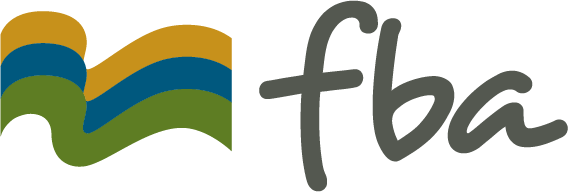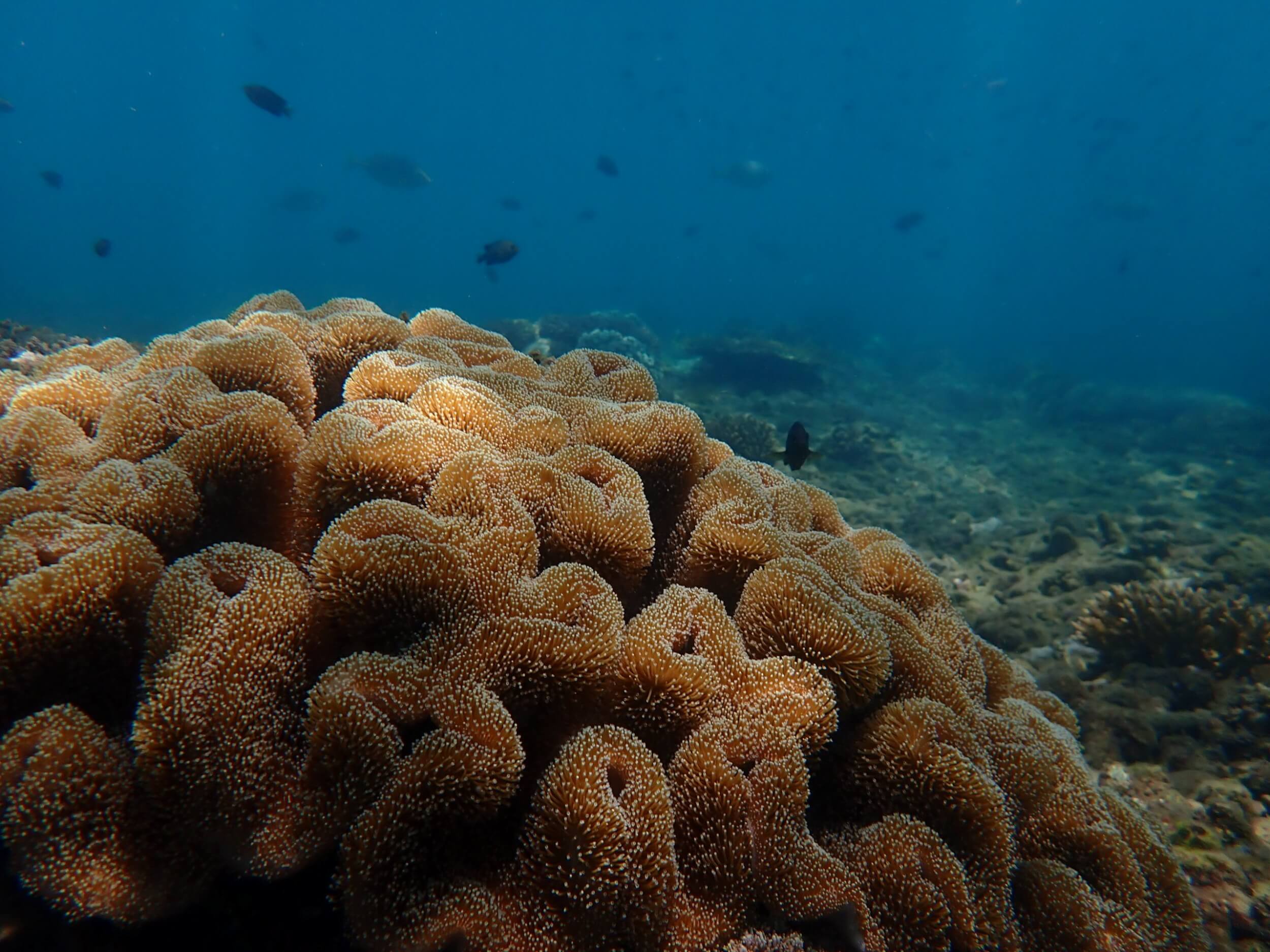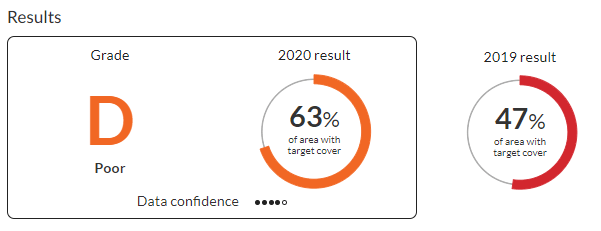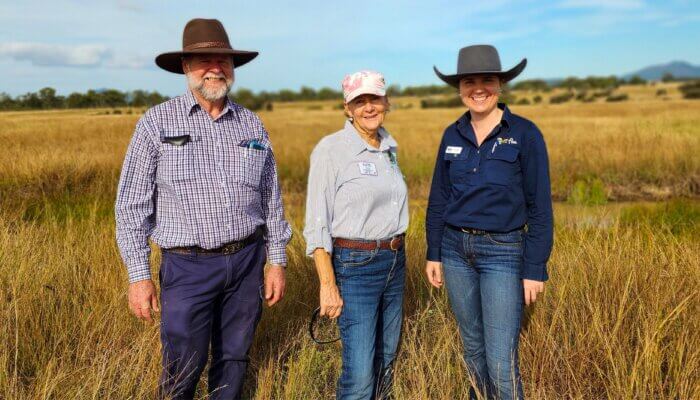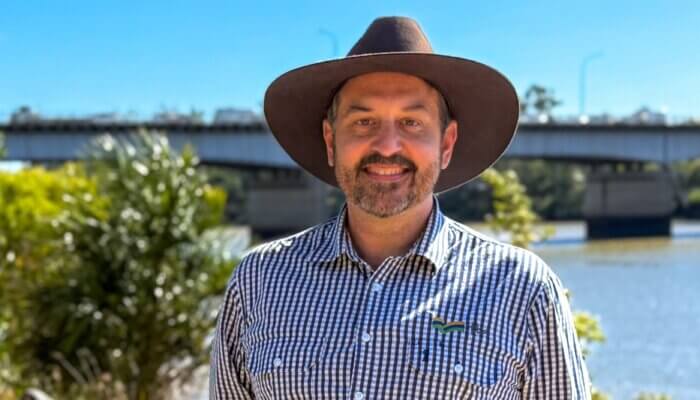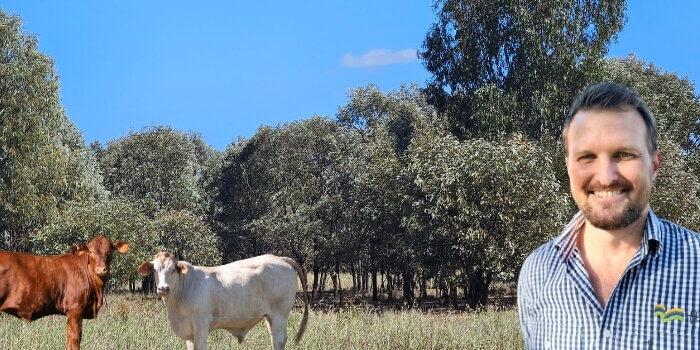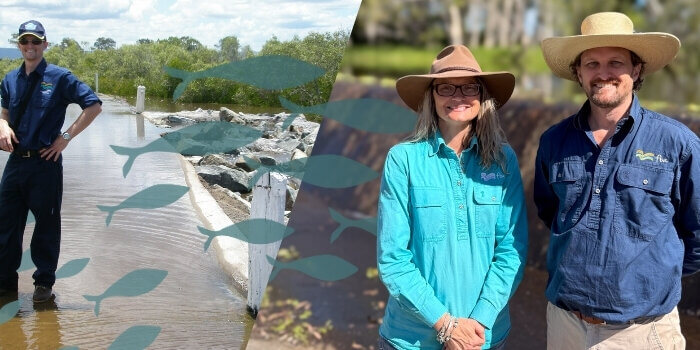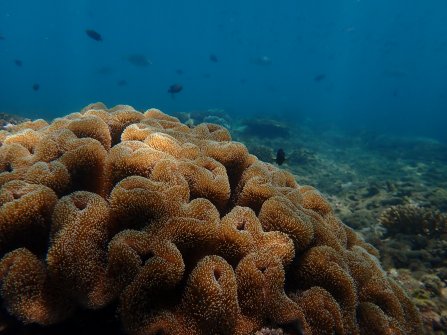
The Reef Water Quality Report Card 2020 results are in!
Posted on April 28th, 2022
According to the modelling, progress for the Great Barrier Reef region is more than halfway (15.2%) towards the 25% sediment reduction target and almost halfway (27.7%) for dissolved inorganic nitrogen (60% target). These reductions are mostly due to graziers installing fencing to exclude cattle from waterways and sugarcane growers improving their nitrogen fertiliser management and mill mud application.
What is the Reef Water Quality Report Card?
The Paddock to Reef Integrated Monitoring, Modelling and Reporting Program (Paddock to Reef program) provides the framework for evaluating and reporting progress towards Reef 2050 Water Quality Improvement Plan (Reef 2050 WQIP) targets, objectives and long-term outcomes. Progress is reported through the Reef water quality report card.
The information in these reports determines the success of actions and identifies whether further measures need to be taken to address water quality in the Great Barrier Reef.
The report card draws on multiple lines of evidence including industry and extension programs. Science underpins the report card with all results reviewed by the Independent Science Panel.
Importantly, the results reflect the work of landholders, supported through industry and government programs, that is having a positive impact on improving the quality of water entering the Reef.
The Fitzroy Region
The Fitzroy region is the largest Natural Resource Management (NRM) region in the Great Barrier Reef catchment area. The region is over twice the size of Tasmania and has the largest river on the east coast of Australia (the Fitzroy River) which feeds an average annual discharge of 9,226 GL into the waters of the Great Barrier Reef lagoon. Almost 80% of the region is managed by growers and graziers, it homes 77% of Queensland’s active coal mines and 5,178 threatened species rely on important ecosystems.
The highly productive region also has one of the most variable climates in the world making natural resource management vital to sustainable and productive landscapes and to achieving the Reef 2050 WQIP targets, objectives and long-term goals.
The Fitzroy Region Specific Results
Water quality targets
Quick points:
- The Fitzroy region’s Particulate nitrogen (PN) and particulate phosphorus (PP) grades improved from very poor (E) to poor (D)
- Sediment loads reduced by 0.2%, however, progress was still rated as very poor
- The major reductions in the sediment, particulate N and P loads were due to improved management practices in the Upper Dawson catchment
- Hillslope management in grazing areas largely contributed to the reduction of sediment, particulate N & P loads
Catchment management targets
Quick points:
- Ground cover increased from 47% in 2019 to 63% despite the region remaining drought declared
- The Riparian and Wetland results are only updated every four years (current results are from the 2013-2017 period)
Inshore marine condition
Quick points:
- The overall condition of the inshore marine environment improved from poor to moderate condition
- Above-average sea temperatures resulted in high heat stress
- Inshore water quality improved to good due to well below-average river discharge
- Inshore seagrass condition remained poor, with little evidence of recovery since 2011-2012 (seagrass meadow condition was assessed from three locations: Shoalwater Bay, Keppel Islands and Gladstone Harbour)
- Inshore coral condition remained poor, but with an improving trend since 2014. Corals were severely bleached by high water temperatures in early 2020; however, minimal loss of cover had occurred at the time the reefs were surveyed (coral condition was assessed from five reefs: North Keppel, South Keppel, Middle, Barren and Pelican islands)

Get involved
FBA works with hundreds of Fitzroy region landholders who are working to improve management practices. Chat to the FBA team on how you can reduce erosion or increase ground cover!
Learn more
All the results can be explored through the interactive report card.
The Paddock to Reef program is jointly funded by the Australian and Queensland governments and has continued to improve in terms of scope, methodology and application over 10 years.
